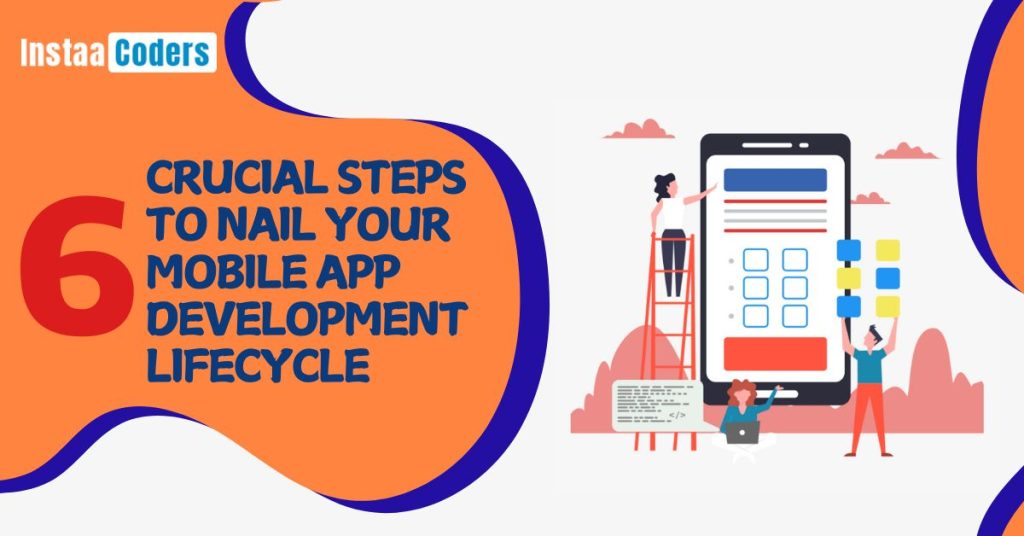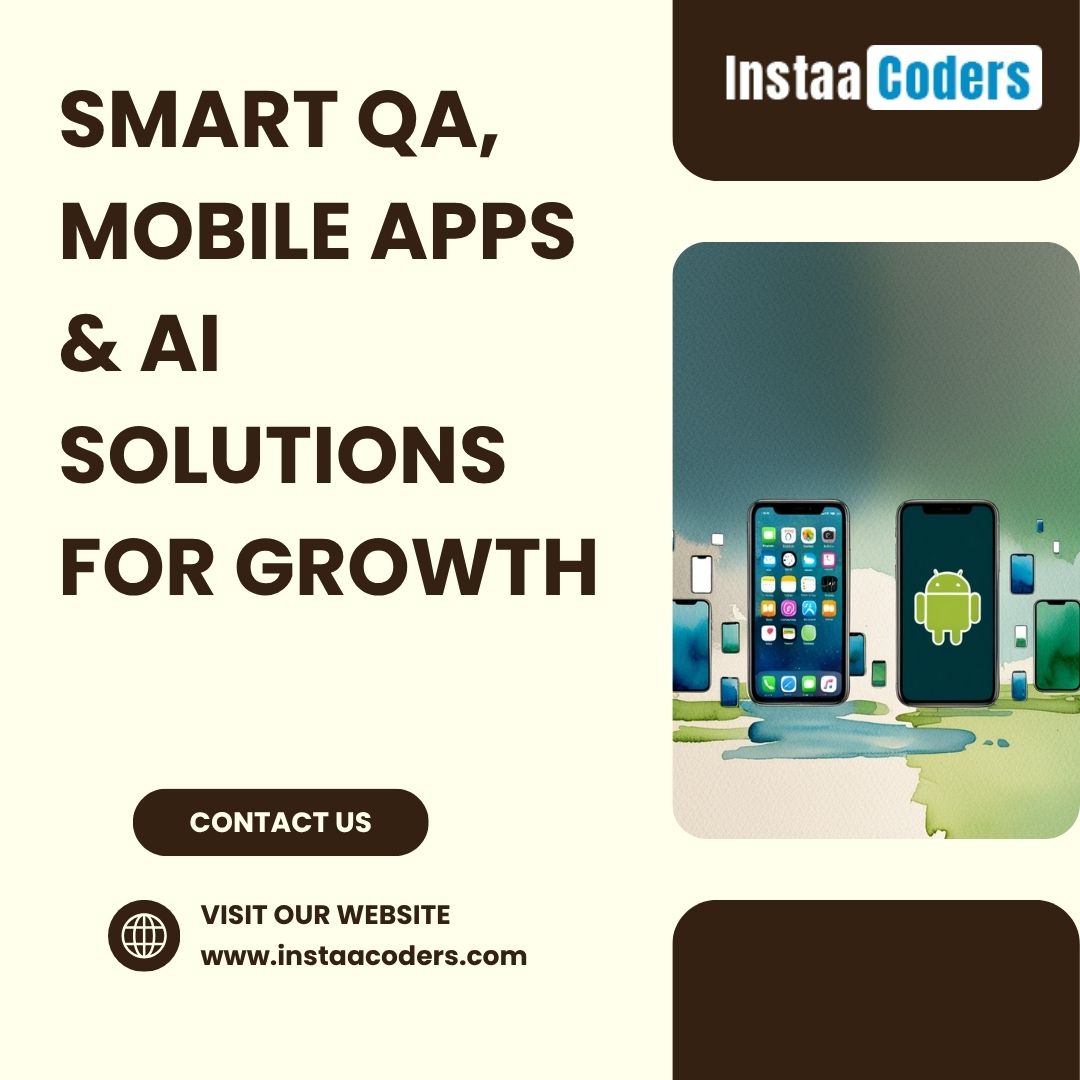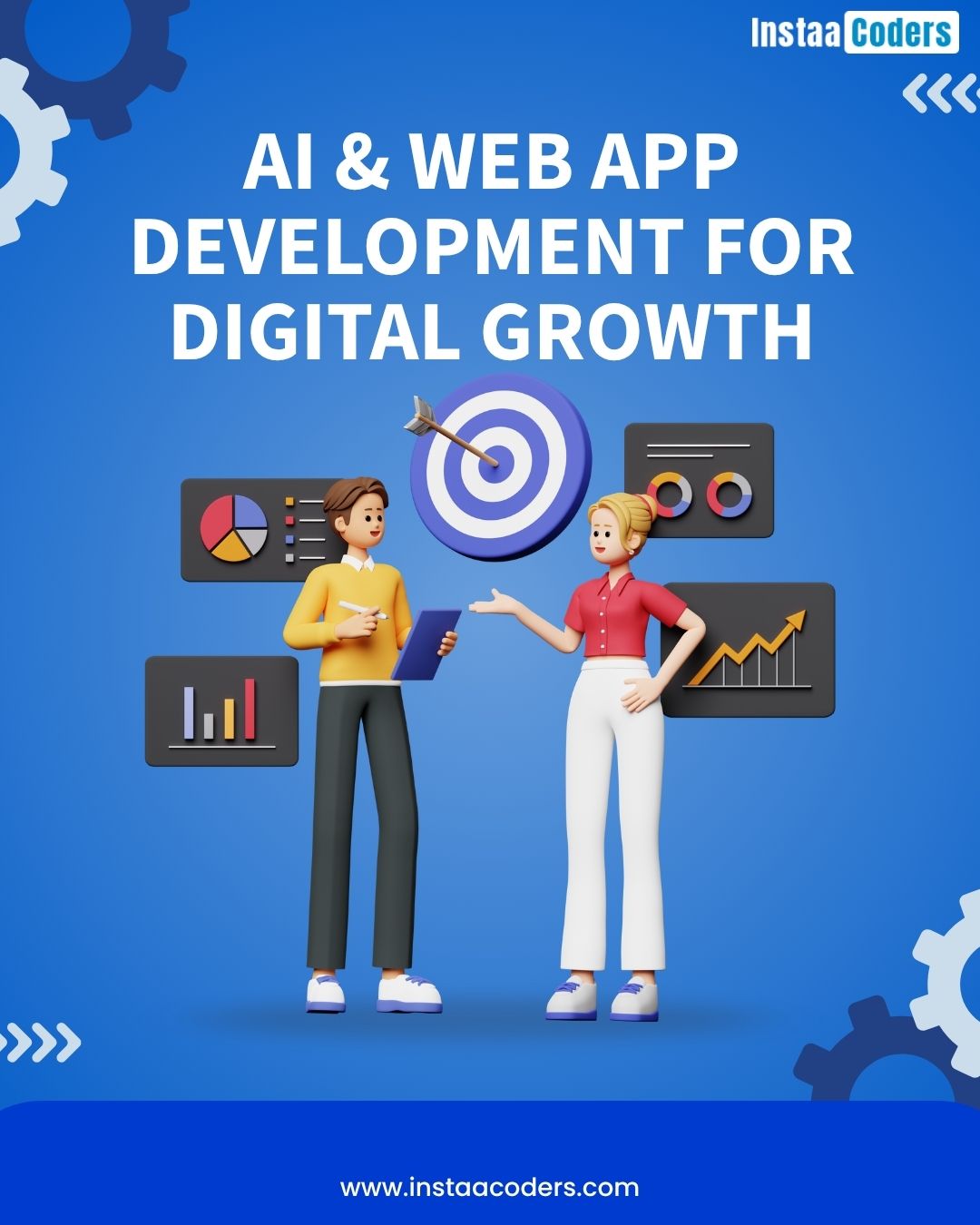6 Crucial Steps to Nail Your Mobile App Development Lifecycle

In today’s fast-paced digital world, mobile app development has become a cornerstone for businesses aiming to enhance their online presence and customer engagement. However, creating a successful app requires more than just coding. It’s about strategically managing the entire lifecycle—from ideation to launch and beyond. This blog outlines six crucial steps to help you navigate the mobile app development lifecycle effectively and deliver a product that stands out.
6 Effective Phases to Ensure a Successful Mobile App Development Lifecycle
1. Ideation and Market Research
Every great app begins with a clear idea. However, an idea alone isn’t enough. You need to validate it by understanding your target audience and the market landscape. Here’s how to get started:
- Identify the Problem: Pinpoint the specific problem your app will solve for users. The more precise the problem, the better your chances of creating a compelling solution.
- Analyze Competitors: Research similar apps in the market. Understand their strengths and weaknesses to identify gaps you can fill.
- Define Your Audience: Develop user personas to understand your potential customers’ preferences, pain points, and behavior patterns.
A strong foundation in market research ensures that your app idea is both feasible and in demand.
2. Planning and Strategy
Once your idea is validated, the next step is meticulous planning. This stage involves setting clear goals and defining the scope of your app.
- Define Objectives: Determine what you want your app to achieve. Whether it’s driving sales, increasing user engagement, or offering a unique service, having clear objectives will guide your decisions.
- Select Features: Focus on essential features that align with your objectives. Avoid feature bloat, as it can complicate development and confuse users.
- Choose the Right Platform: Decide whether you want to develop for iOS, Android, or both. Consider your audience demographics and budget when making this choice.
- Create a Roadmap: Develop a timeline with milestones for each phase of the development process, from design to testing and launch.
Proper planning minimizes risks and keeps the project on track.
3. Design and Prototyping
User experience (UX) and user interface (UI) design are critical to your app’s success. A poorly designed app can drive users away, no matter how innovative the concept.
- Wireframing: Begin with wireframes to map out the app’s layout and navigation. This provides a visual representation of the user journey.
- Design the Interface: Focus on creating an intuitive and visually appealing design. Prioritize simplicity and consistency to enhance usability.
- Prototype Development: Build a clickable prototype to test the app’s functionality and gather feedback. This step helps identify issues early, saving time and resources later.
Investing in design ensures that your app is not only functional but also enjoyable to use.
4. Development
This is the stage where your app takes shape. Development involves coding, integrating features, and building the backend and frontend systems.
- Agile Methodology: Use agile development practices to break the project into manageable sprints. This allows for iterative improvements and better collaboration among team members.
- Backend Development: Build the server-side logic, database, and APIs that power your app’s functionality.
- Frontend Development: Focus on creating a responsive and interactive interface that aligns with your design.
- Version Control: Use tools like Git to manage code changes and maintain a history of development progress.
Collaborating closely with your development team ensures a seamless transition from design to a functional app.
5. Testing and Quality Assurance
Thorough testing is essential to identify and fix issues before your app reaches users. A bug-free app not only enhances user satisfaction but also protects your brand reputation.
- Functional Testing: Verify that all features work as intended.
- Performance Testing: Assess the app’s speed, responsiveness, and stability under different conditions.
- Usability Testing: Ensure the app is easy to navigate and meets user expectations.
- Compatibility Testing: Test the app across different devices, operating systems, and screen sizes.
- Beta Testing: Release the app to a small group of users for real-world feedback.
Quality assurance is a non-negotiable step to ensure your app’s reliability and performance.
6. Deployment and Maintenance
Launching your app is just the beginning. To keep users engaged and satisfied, you need to focus on post-launch activities.
- App Store Submission: Follow the guidelines for submitting your app to the Google Play Store and Apple App Store. Ensure your app meets all requirements to avoid delays.
- Marketing: Promote your app through social media, email campaigns, and partnerships to attract users.
- Monitor Performance: Use analytics tools to track user behavior and app performance. This data is invaluable for future updates.
- Regular Updates: Address user feedback, fix bugs, and introduce new features to keep your app relevant.
A robust deployment and maintenance strategy ensures long-term success for your app.
Conclusion
The mobile app development lifecycle is a complex process that requires careful planning, execution, and continuous improvement. By following these six crucial steps, you can create an app that not only meets user needs but also drives business growth. Remember, the key to success lies in staying adaptable and user-focused throughout the journey. Whether you’re a startup or an established business, nailing these steps will set your app apart in a competitive market.
InstaaCoders Technologies understands the significance of every stage in the mobile app development lifecycle and how essential it is to build outstanding applications. We focus on delivering excellence at each step, from ideation and design to development and deployment. By combining innovative strategies with cutting-edge technologies, InstaaCoders ensures that every app we create is not only visually appealing but also highly functional and user-friendly.
From conceptualizing innovative ideas and crafting user-centric designs to developing robust code and conducting thorough testing, InstaaCoders Technologies offers end-to-end solutions tailored to your needs. Our team of experienced professionals ensures seamless integration, optimized performance, and scalability for your app. Moreover, InstaaCoders stays updated with the latest industry trends and technologies, providing competitive advantages.
Let InstaaCoders Technologies turn your app idea into reality and elevate your business to new heights. Contact us today to kickstart your mobile app development journey!










